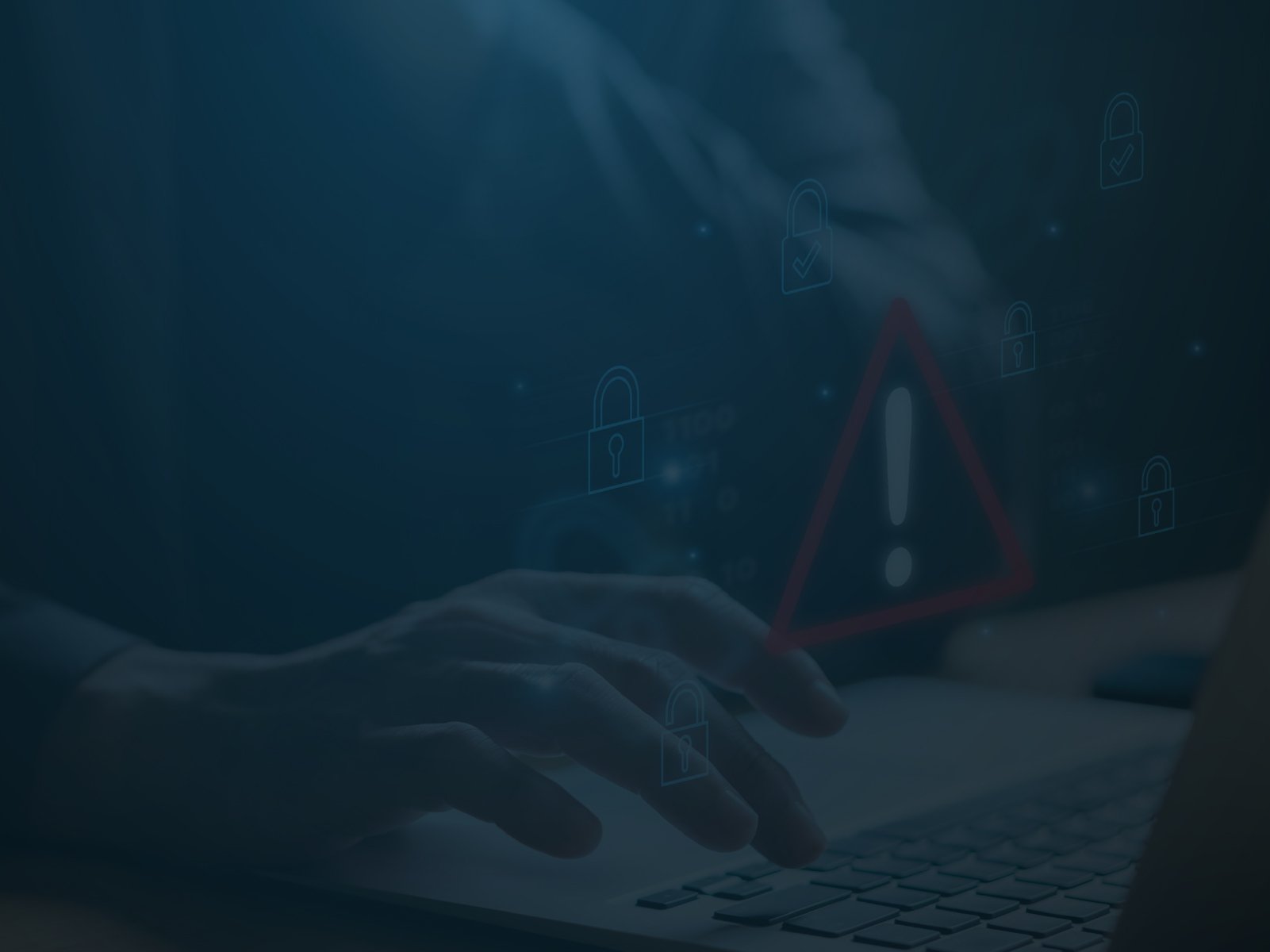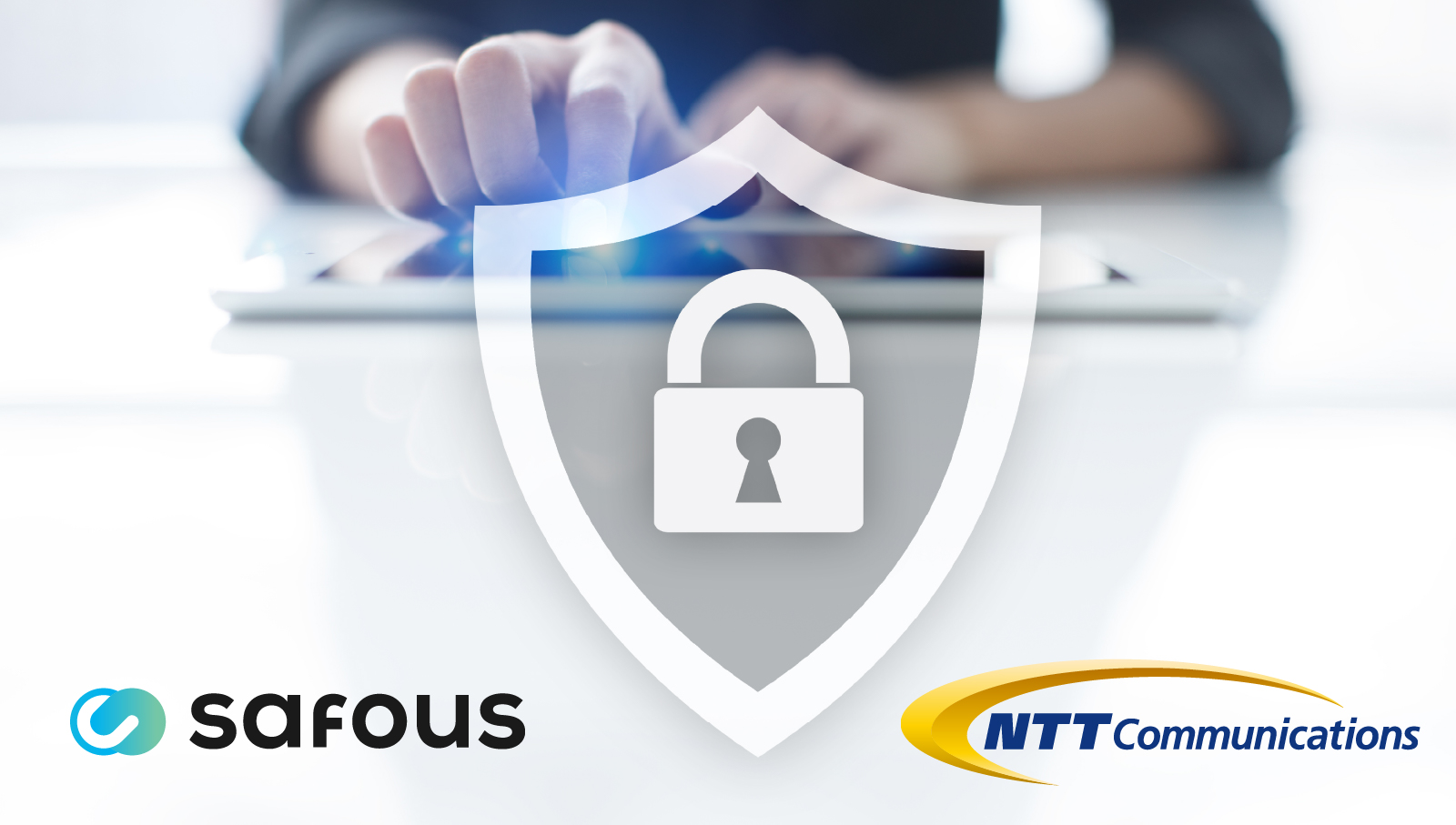The zero trust framework is creating a safer IT ecosystem in corporations worldwide. In a matter of twelve years, the idea of zero trust has spread in cybersecurity circles. There are many new ways of implementing it today, making adoption easier for businesses of all sizes.
In a study from the past year, 64% of respondents reported familiarity with the zero trust framework.1 Yet, 28% of organizations say that it is not a priority for them.2 While vulnerability to cyber attacks is a major concern, many have wrongfully dismissed zero trust as a buzzword. Part of the reason for this disregard are the zero trust myths and misconceptions surrounding the framework and related tools.
These myths need deeper analysis. Some may sound sensible but need to be evaluated. As we cannot leverage zero trust security without dispelling the misconceptions surrounding it, we need to address these individually.
Common Zero Trust Myths and Misconceptions
1. Myth: Zero trust creates a culture of mistrust.
One common idea about zero trust that companies back is that it reflects and propagates a lack of trust on the company's part towards its employees. Part of the reason this myth is so hard to shake is that zero trust mandates a certain amount of scrutiny by the employer.
Cyber criminals won't hesitate to exploit trust to target companies. In this case, zero trust security measures such as the principle of least privilege (POLP) are the only way to eliminate the risk of an attack. However, employers should look at it like a key card for access control to the digital premise. It does not necessarily have to mean a culture of mistrust.
2. Myth: Zero trust impedes productivity and network access.
It can be bothersome to think about entering your credentials every time you try to access a resource or to have multi-step logins. But that is not exactly how zero trust works. Zero trust can provide a very user-friendly experience.
The administrator can combine risk-based authentication with machine learning by assessing user profiles. As a result, when the risk is high, you might need an additional authentication step, but when the risk is low, you could eliminate authentication challenges. The right tools can help you make the most of zero trust without compromising user experience. You could access the network in an isolated space that deletes the session when it ends.
3. Myth: Zero trust only works for on-premise systems.
It is still a common misconception that the zero trust model can only be implemented on-premises. This could be a hindrance in its adoption as more and more people are opting for remote or hybrid work environments.
However, having sensitive data accessed remotely is all the more reason to have zero trust as more and more business applications move to the cloud. Setting up a zero trust architecture in the cloud can help companies limit access to vulnerable assets on their network.
4. Myth: Zero trust replaces a VPN.
Zero trust network access, or ZTNA, is a format of access control based on the zero trust concept. It differs from a virtual private network (VPN). A VPN grants full access to the network resources upon authentication, whereas ZTNA verifies the user at every instance of access to an application or data.
In the workplace, ZTNA is quickly replacing some VPN applications, which are vulnerable to many threats and challenges in the emerging cloud-based ecosystems. Smaller organizations still find a use for VPNs, which are cheaper. However, you must set up due processes for authentication on a VPN to stay safe. Then again, the two are not always interoperable.
5. Myth: Zero trust is a product.
Zero trust is not a product. More than anything, it is a concept. However, with the growing adoption of cloud applications, remote work, and increased awareness about cyber crime, many tools have emerged to help users in the application of zero trust, such as ZTNA tools. Network administrators manage ZTNA access through a terminal based on the application and data level. Zero trust is the core idea and framework behind ZTNA.
Wish to Learn More About ZTNA?
Zero trust security is the only way to stay confident about the security of your network. ZTNA gives users secure access to private applications without actually placing them on the network. Thus, apps and data are never exposed to the internet.
If you have any questions about ZTNA, download our comprehensive guide to understanding what ZTNA is, how it works, and how it can help you implement zero trust.
Zero Trust at the Core of Cybersecurity
It must be observed that calling zero trust an idea makes it something that can be argued about and vulnerable to myths and misconceptions. It needs to be emphasized that it is a validated idea, and people have been able to securely access their work networks with the help of ZTNA.
Zero trust has been gaining popularity for a good reason. The most common ways for attackers to gain access to a business's internal network are through malware (22%) and phishing (20%).3 ZTNA is an effective way to tackle these attacks. Zero trust myths might be a hindrance to adoption; however, the risk of not adopting it far outweighs them. There are plenty of resources that can educate someone skeptical about the actual benefits of zero trust.
You can also request demos and literature on the product to help you understand the product better and see it in action to get an idea of how it would fit in your organization.
Safous' ZTNA solution secures access to every internal resource and facilitates authorized access to pre-defined applications and data. The software records all sessions that administrators can audit at a future point. Safous ZTNA is easy to set up and use, even on remote devices. Wish to see it in action? Book a demo with us now.
Sources:
- https://www.statista.com/topics/9337/zero-trust/#dossierKeyfigures
- https://www.statista.com/statistics/1228254/zero-trust-it-model-adoption/
- https://www.forbes.com/sites/chuckbrooks/2022/06/03/alarming-cyber-statistics-for-mid-year-2022-that-you-need-to-know/?sh=7269bf657864
Receive the latest news, events, webcasts and special offers!
Share this
You May Also Like
These Related Stories

Checklist: Are You Taking the Right Approach to Zero Trust Security?
.png)
Blog: How Does ZTNA Secure Remote Work?
.png)


